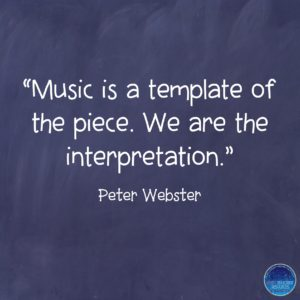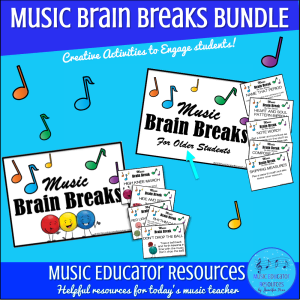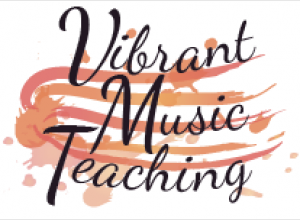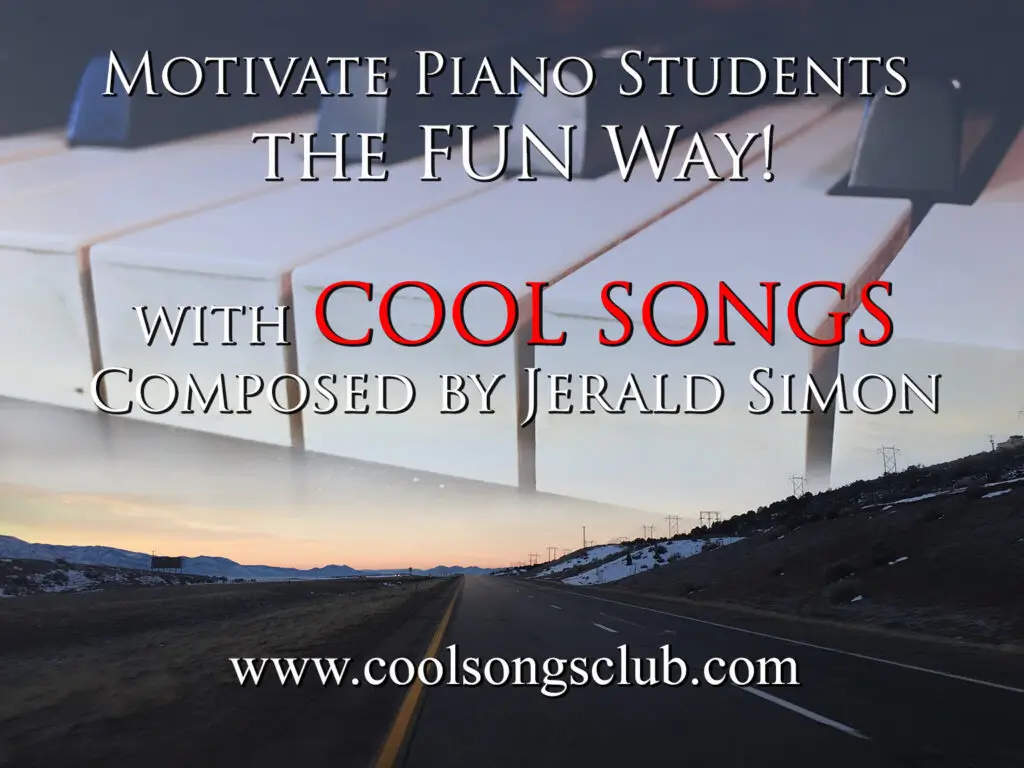Alfred Showcase
Game Theory vs Theory Games by Linda Christensen, Stella Sick & Shana Kirk
Have you ever heard of Game Theory? I’ve heard the phrase “Game Theory” online for awhile but never really looked at exactly what it meant. I just assumed it was video game based but it actually goes much deeper AND doesn’t even have to be a video game. Linda, Stella and Shana began with sharing history of game theory which was introduced in 1943! Who knew? John Von Neumann- founded the concept of game theory and its history is an interesting one if you want to look it up.
Game theory is collaborative (otherwise there is no win). In the sense that the players want the same thing but the value is different. Find the solution that works/fair for everyone. All have the same goal in the end.
Now you probably heard of the word gamification. Gamification is the natural extension of game theory.
- Defined learning outcomes
- Participation and rewards
- Points, badges and leadership boards
- More than just adding games- uses intrinsic motivation and rewards for individual participants.
Must identify the set of behaviors they would like to change. Set up goals to track the gamification.
How do we apply game principles to our teaching? How do students take it into their world with lessons?
- Sustained engagement
- Consider unique needs of learners
- Motivate intrinsically
- Multiple connection points (narrative, social, engagement, capturing)
Benefits-
- Culture of winning
- Student Ownership
- Relaxed atmosphere (less risk of “failure”)
- Fun
- Visible Progress
Game Based Assessment-
- Experience points
- Ladders of progress
Effective elements
- Narrative
- Immediate feedback
- Fun
- Scaffolded learning
- Mastery (leveling up)
- Progress indicators
- Social Connections
- Player Control
As they were going through all these indicators of game theory and gamification I realized that many of my practice incentive programs hit on most if not all the elements. Especially my The Magical Lute; A Musical Quest. No wonder it was a BIG favorite!
Keynote Address- Teaching Music by Encouraging Creative Engagement by Peter Webster
Peter Webster gave our afternoon keynote address. He shared that we need to give students every chance to allow them to get the music out. Peter pointed out that learning is in large part a social activity. Knowledge is formed as part of the learner’s active interaction with the world.
Some questions he asked that would be worth asking yourself…
How do learners construct their understanding of music?
How do learners construct their understanding of music?
How can I make more room to allow for imaginative celebrated?
Have I maximized for them to make their own aesthetic decisions wth my guidance and encouragement?
Questions or assignments to ask your students…
I really love the way you played it. Can you think of two other ways to play it?
Take this piece home and come back with your own ideas and interpretation.
Here are 5 recordings of this prelude, go home and listen and come back and talk about what you liked/didn’t like.
Peter encouraged us to get students involved in decisions about their music and ask questions to encourage musical understanding.
Harmonizing 101 by Tim Topham
I was really looking forward to Tim Topham’s session because I knew it would be engaging and informative. His session, as I predicted would be, was a packed house! (See picture below…)
The very first thing he had teachers who were lucky enough to snag a seat at a keyboard do was play scales. We played along with a rhythm track and did some vamping. I think this is the best way for students to play their scales as it makes it so much more enjoyable for them.
Tim asked, “What kind of student are you trying to create?” The kind of student who is enjoying their experience.
What would you like them to do when they are done working with you? Pick one goal and try it with one of your students.
What do students need? Take those needs and explore a variety, experience fun and varied activities, connect those activities with relevance and teach a deeper understanding, ask questions and encourage curiosity. Explore and have students see/hear for themselves what sounds good. Make connections with students by making the theory practical. The brain is great in finding patterns, differences in patterns, connecting the dots, etc.

Standing room only at Tim Topham’s session. I just had to take a panorama shot of it. And this didn’t even get the teachers behind me!
Piano Safari Showcase
I have been looking forward to this showcase for a long time. I kept hearing over and over again online how wonderful Piano Safari was but I really wanted to get my hands on the books before I dove in.
For those who already use Piano Safari, you will be happy to know that the new theory books 1 and 2 have been released. Inside you will find the following elements.
- Copy
- Analyze
- Writing
- Listening
- Composing
The books, Animal adventures, and Pattern pieces were created from the original technique books if you are a long time teacher of the material. These books are great stand alone pieces for supplementation and recitals, etc.
New to rote teaching? Honestly so am I. I can probably count on one hand how many times I have taught a piece by rote during a lesson. I actually do more of it during lesson interviews. It was actually Piano Safari that made me want to look into it a little more.
Rote teaching is a systematic introduction of musical and artistic concept best introduced by modeling. “Sound before symbol.” Frances Clark. Good rote pieces are highly patterned and should have a specific technical and/or artistic focus.
I am looking forward in trying Piano Safari in my studio. To find out more about Piano Safari or explore the new materials visit their website.
Keynote Address- Keys to Making Music by Jim Brickman
I was super excited about Jim Brickman’s keynote address. I was hoping that it would be a keynote/concert and it did not disappoint. I thought I would just share some quotes that I wrote down during his address.
“When you connect with a student and how THEY see music it makes a big difference.”
“Simplicity is the key.”
“When too much technique or tricks take over, you lose all the emotional connection.”
“The silence is as important as the sounds. People can’t take in the emotion if there is too much sound. It’s like a friend who talks too much. There is no chance to take in the feeling of what they are saying. Let the silences have their place.”
“It’s hard to connect to the music when you are reading from the page.”
“Circle of 5ths- ear candy. Can’t go wrong.”
“Give melody help by giving it some dressing around it. Melody should be strong. Other stuff is fluff (transition chords).”
Coming next is NCKP Friday sessions!
Missed Wednesdays post? Here is the link!
NCKP 2017 Pre-Conference Wednesday
Be sure to ‘Like’ Music Educator Resources on Facebook and follow Music Educator Resources on TpT to stay up to date on giveaways, discounts, reviews and other music resources! And don’t forget to join the exclusive email newsletter for monthly freebies, feature fridays and more!























I couldnt go this year due to illness. Thank you so much for sharing
I’m sorry to hear of your illness. Happy to share. 🙂
Jennifer, thanks for sharing your notes with us, it looks like I might need to put this conference on my schedule!
Hi Lezlee, definitely!!! 🙂 It happens every 2 years so mark your calendar for the summer of 2019.